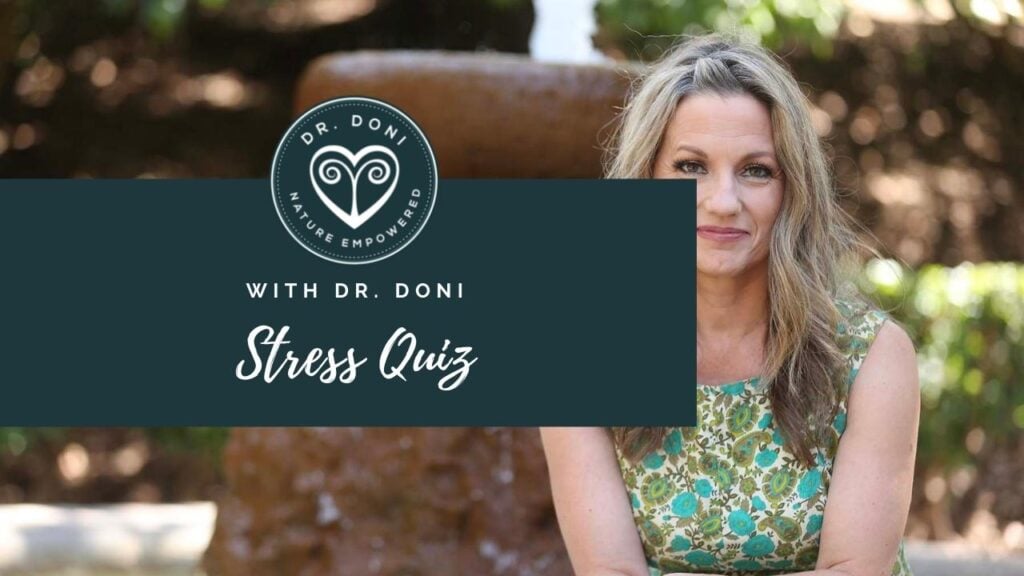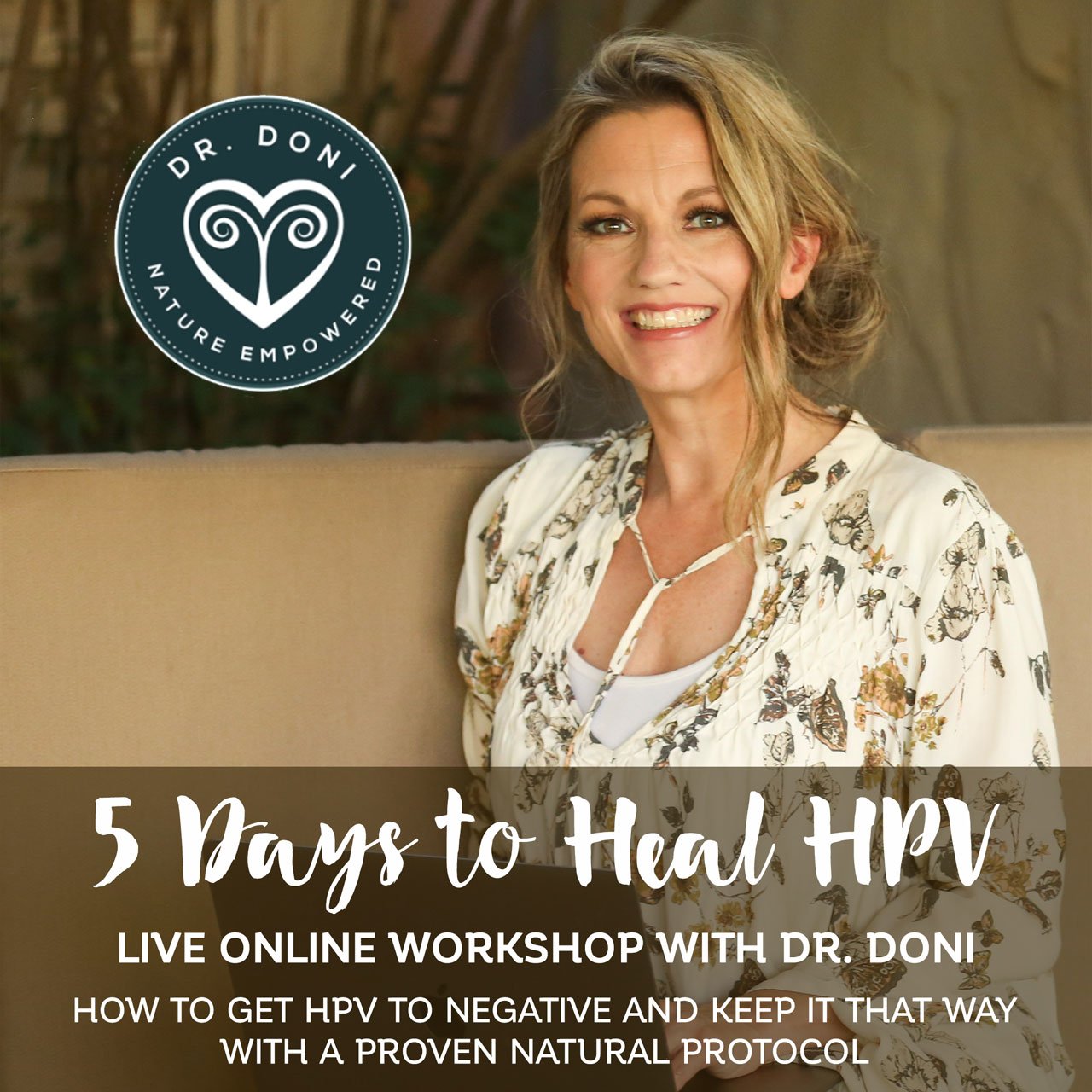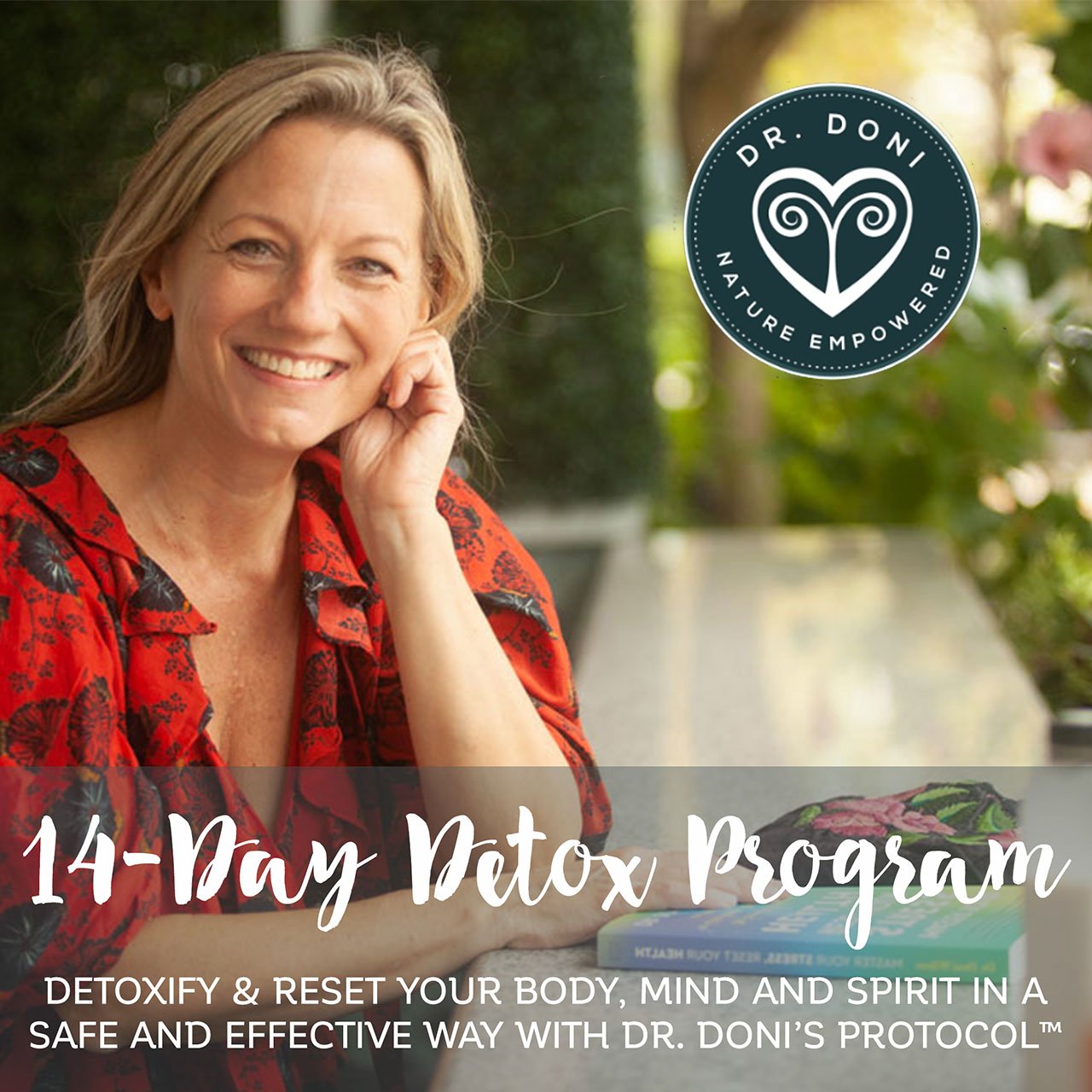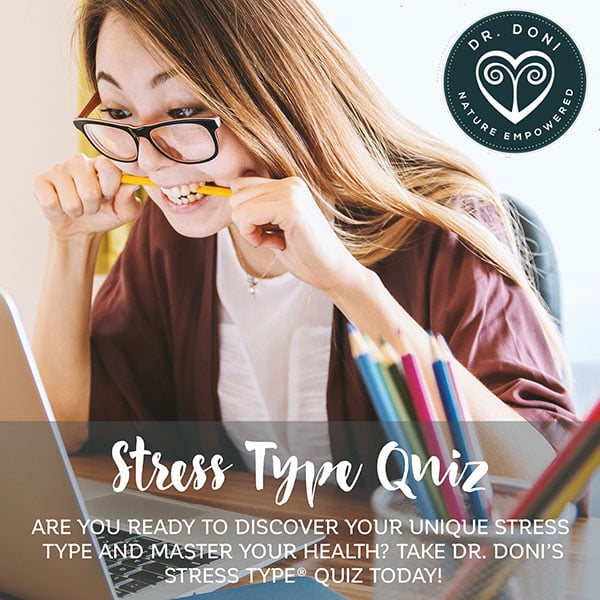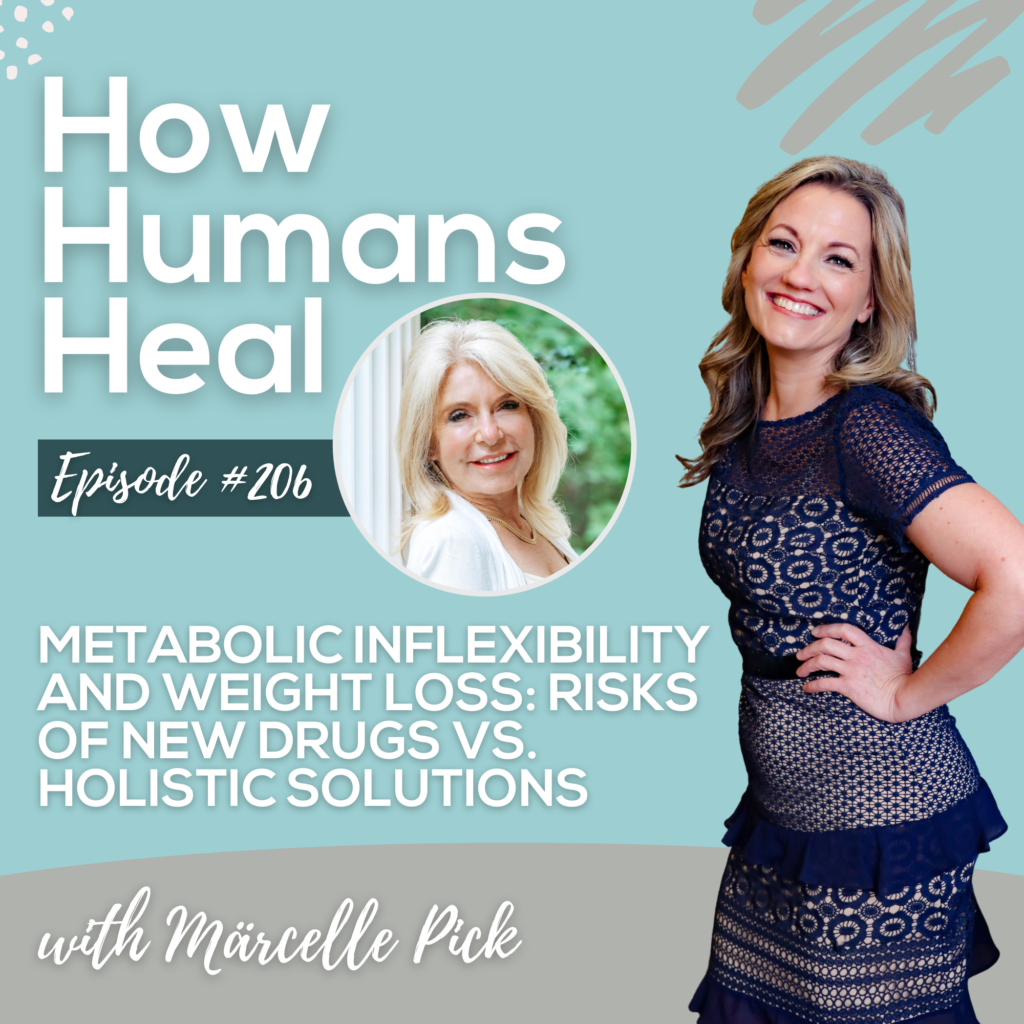
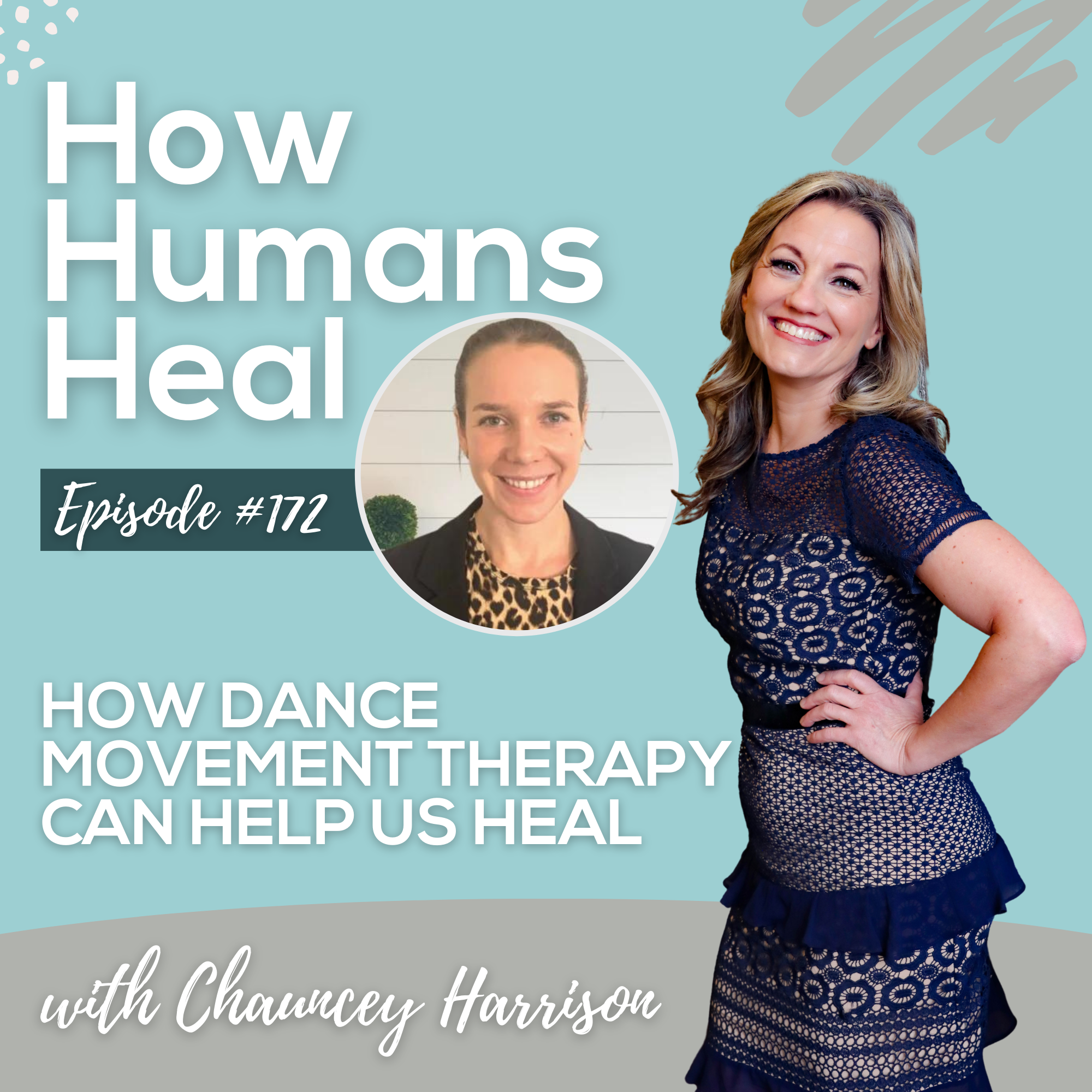
Dance Movement Therapy is today’s topic, and I’m excited to introduce you to Chauncey Harrison. Chauncey holds a license in Creative Arts Therapy, specifically specializing in Movement Therapy. Additionally, she has completed her Masters in Social Work and is working towards her License in Social Work.
Chauncey’s passion is helping people recover from severe and persistent mental illness, substance use disorders, mood disorders, trauma, and interpersonal issues through creative arts therapy. Her therapeutic style is to meet clients where they are and use a strength-based approach to empower clients.
She is collaborative throughout the therapeutic process, working with clients to achieve their goals by using both verbal and non-verbal (dance, movement, art, and drama) tools to help them recover.
Today we talk about dance movement therapy and how this type of therapy can help people process emotions and recover from stress and trauma. I especially enjoyed talking with Chauncey based on my experiencing both a researcher of stress and as a dancer. I have found dance to be an amazing medicine for me.
Psychotherapy That Goes Beyond the Mind
Psychotherapy can be more than just working on the mind. A lot of times what people experience in terms of mental health support ends up being focused on the mind, and being aware of our thoughts, versus what could be stored in our body. There is a connection between the body and the mind, they are not two separate things. We are whole beings in body, mind, and spirit, and when one of those is not aligned, or is out of balance, the others will be affected too.
It’s a beautiful practice to look into our thoughts and understand them. That’s an important part of therapy, in general. In today’s modern world it’s unavoidable to be bombarded with so much information that it can end up being overwhelming. Our minds are always racing with new thoughts that we sort of forget that we are living in a body. So, it’s important to take the time to return to the body. To unwind and practice mindfulness focusing on the body. When you’re returning to the body it can be a practice of mindfulness in itself of bringing you back into the present and what’s really going on and tuning in.
Your body really does keep the score. It really is aware. It’s where we store emotions and so tuning into that can be an incredibly impactful and empowering tool for people to start to understand and work on this connection to the body. It can really help bring back more clarity and connection to a full integration of self.
Many times, we are not able to really listen to our body with compassion and to create healing from that place. There can be real disconnections between the mind and the body. People are surprised when they find out that our bodies can be part of therapy. This can also feel incredibly vulnerable because typically we’ve formed more unconscious ways to defend ourselves with our words. It feels more exposing for many people to be considering what our body has to say, so trust is such a huge part of the work here.
How Does Dance Movement Therapy Work?
Part of what is done in dance movement therapy is 100% play. There’s a lot of therapy in play. There’s also a lot of exploring what’s possible and trying to expand the full range of movement. That’s huge for people. A lot of times people are really quick in their movements, or quite indirect in their movement, and they stay in a very small kind of sphere. In that case, we can start playing with what it’s like to feel bigger. To expand that sphere and expand in the space where we’re moving.
This also impacts our experience as humans and the ways that we relate to one another. If we’re always relating in one movement repertoire, it can be limiting. Typically, it’s helpful to have a full range of movement options. We might not even be aware that we’re just moving in that one repertoire.
Dance and movement have been around since ancient times. They have been used for entertainment, storytelling, religion, and healing. There’s so much research on how healing it is to our nervous system to move in general. Many people can relate to the experience of being in a bad mood and going for a walk and starting to feel better, or going to the gym and feeling less angry about that issue was bothering you, or having a little dance party in your room and realizing it’s not that big of a deal. This has to do with the release of endorphins and neurotransmitters that are activated by that movement.
There are a lot of people where stillness is really present in the movement, where it feels really painful to move. And dance movement therapy is about meeting people where they are. You don’t have to do a specific amount or way of movement. It’s about being present and listening and observing how things develop without any kind of judgement. And then to maybe explore and just start playing with it and expand it when it feels appropriate. It’s about following what someone is bringing into the space and really watching and seeing what’s appropriate for them.
You can get these insights into a person’s patterns simply by looking a little bit more closely to what’s going on with their response to the movement. And there is so much restoring movement too, whether it’s memories or what it brings up for you in that moment.
Certain movement patterns that have been more codified can be restored in people’s bodies, energizing or relaxing them for example. Movement plays so many different roles in our lives.
Is Dance Movement Therapy a Kind of Somatic Therapy?
Somatic therapy, sometimes known as body psychotherapy, is a therapeutic approach that places importance on what we experience in the mind and the body, as well as the connection between the two.
Again, with dance therapy, it’s very important to meet the person where they are and where they are coming from. Certain diagnostic labels can be really helpful, and sometimes not so much. It’s about exploring feelings and emotions through movement while not being attached to a specific label.
And as we mentioned before, mind and body are one whole thing, and they influence each other. If someone is suffering from gastro-intestinal issues because of anxiety, it’s real. A lot of our emotions reflect in our stomach. This shows us how mind and body are connected. It proves that we can feel emotions on a physical level.
Sometimes people are led to believe that something’s only “in their head” or they’re making it up and it’s not real. If you feel it or experience pain or discomfort of any sort, it’s real. We have to acknowledge and validate that, because it’s a crucial part of the healing process.
We have to be able to connect with our feelings and emotions and how these relate to what we feel in our bodies. A lot of the time we suppress our emotions. We aren’t taught how to have awareness for them and how to just be present to be able to process them or just be present with them. If you want to learn more about this you can watch Episode 165 of How Humans Heal – Emotional Healing: A Pathway to a Better Life here.
Part of what dance movement therapy and creative arts offers is this nonverbal processing of feelings and emotions. You may not even know what you’re feeling, and it could be very uncomfortable, but we can start with a sensation and maybe we can put that into an image. What would this image look like? Can we draw it on a piece of paper? Is there a sound that goes with it? And this can be so helpful to process our emotions and get more information about what they are related to.
This can make people feel vulnerable, even just asking for help can feel vulnerable, let alone trying to listen to what your body wants to tell you. We don’t know what we’re going to find out, so it feels vulnerable in that way. The important thing to keep in mind is that this is a process that is unique to each individual and that everyone has a different pace and process.
It’s about going at your own pace and discovering little by little what your body is trying to communicate. It’s not like you will come out of the first session in shock and lose track of your original existence. You’re discovering information slowly and then you can integrate that information into your daily life. It’s about providing a safe space and empowering people to tune in and listen to their bodies and connect with themselves.
Dance Movement Therapy and Yoga
The body has so much information for us, we just have to learn how to listen and access it. Some of Chauncey’s original connection to dance therapy was through yoga and what it did for her. And yoga is a form of movement that is used for healing not just on a physical level but a mental and emotional level. It’s also a way to experience the mind and body connection.
There are so many different types of yoga and different ways to enter the practice. For some people it could be through the physical practice and for others through reading the books and doing self-study or meditation. It’s always about what moves you and what speaks and resonates with you and where you are in life. Speaking about movement, some of the movements and postures in yoga can create a space for a lot of healing and release.
There’s so much research now backing up just how impactful yoga is for health, not only mental but also physical, including reducing inflammation for example. It’s not just about flexibility and balance. With all this neurological research, we also have a lot more proof of the mirror neurons and the impact of them. In dance movement therapy, there’s this technique called “mirroring” where you bring someone else’s movement into your body, so that you’re sharing the movement together and it’s so impactful.
There’s definitely some overlap between yoga and dance movement therapy but there are also beautiful differences in those practices. There are a lot of dance movement therapists who are yoga teachers and there are a lot of yoga teachers that seem to have a dance background or a dance movement therapy background too.
Using Dance Movement Therapy to Treat Chronic Illness and Pain
We know dance movement therapy can help with anxiety and depression, but it can also help with physical pain and trauma. As we mentioned, the body and the mind are connected and there are many chronic illnesses that can be traced back to unresolved trauma and stored emotions. Using the movement therapy lens, there might be unresolved traumas and things held in the body. Someone can come in because they think they’re depressed and then there’s a lot more that we’re unpacking and we’re looking at during therapy.
Likewise, if someone comes in with a chronic illness or chronic pain, they can process and explore and find out what the source of the illness is through dance movement therapy.
So often in the mental health field what people hear is that there’s a chemical imbalance and that they need medication, not to say that medications aren’t sometimes appropriate and necessary and helpful, but it’s important for people to know that there are other tools that they can use to heal. It’s about opening up the possibilities for people so they don’t feel stuck.
Whether it’s through movement therapy, talk therapy or a mix of both. There are also art therapists, drama therapists, music therapists, etc. There are many creative arts therapists out there, it’s a matter of finding what works for you. And there’s research behind all of these different techniques that show how they are all therapeutic and can help us heal.
Recovery from stress and trauma can help with so many health issues, including anxiety, depression, fatigue, pain, digestive issues, autoimmunity, and recurrent infections, as well as HPV, and can help decrease risk of cancer, heart disease, dementia, and more.
If you want to reach out to Chauncey and learn more about how she can help you, please make sure to check out her website or her Instagram @refresh.psychotherapynyc. She and the other clinicians in her clinic offer both in-office and virtual sessions.
If you want to learn more about how stress and trauma affect us, and how to recover so that you can get back to feeling your best, you may want to read my book Master Your Stress Reset Your Health.
In the book, I describe what I refer to as SelfC.A.R.E. based on your Stress Type. C stands for Clean Eating, A for adequate sleep, R for recovery activities, and E for exercise. I share the research behind how C.A.R.E. works in a daily routine to help us process stress. And why it’s important to choose C.A.R.E., including movement/exercise, that matches for your body.
To know your Stress Type, which is your unique cortisol and adrenaline levels based on how stresses have affected your adrenal function, you can take the quiz I developed. You can find the Stress Type® Quiz in the book and on my website.
Then, if you’re ready to start rebalancing your cortisol and neurotransmitters, to help your adrenals reset after stress exposure, you can start by ordering this home test kit. And you can also sign up for my Stress Warrior Online Program to guide you here.
If you’re interested in a safe and effective body, mind and spirit detoxification that will actually make you feel better and that you can do without affecting your daily routine, you can check out my New 14-Day Detox Program here. In the Detox Program I teach you to connect with yourself, and use mind-body tools, such as biofeedback, to process emotions.
For the most comprehensive support to recover from stress and trauma, even with the most difficult health issues (physical or mental), it is best to meet with me one-on-one, which is available to you no matter where you are in the world (via phone or zoom). You can set up a one-on-one appointment with me here.
We’re here to help you!

Connect with Dr. Doni:
- Facebook https://facebook.com/drdoniwilson
- Instagram https://instagram.com/drdoniwilson
- YouTube https://youtube.com/DoniWilsonND
- Newsletter: https://doctordoni.com/www (Weekly Wellness Wisdom)
- Podcast: https://doctordoni.com/podcast (How Humans Heal)
More Resources from Dr. Doni:
- Stress Type Quiz: Assess your adrenal function
https://doctordoni.com/quiz - Dr. Doni’s Book: Master Your Stress, Reset Your Health
https://doctordoni.com/book - Dr. Doni’s Facebook Group: Stress Warrior Stress Resiliency
https://facebook.com/groups/stresswarrior - HPV Recovery Guide (FREE)
https://doctordoni.com/ddpp/hpv-guide/ - FREE Masterclasses with Dr. Doni
https://doctordoni.com/masterclasses - FREE Guides from Dr. Doni
https://doctordoni.com/guides
Personalized Solutions:
- 14-Day Detox Program: You can start this transformation program anytime
https://doctordoni.com/detox-program - Say Goodbye to HPV (12-week Program): Begin the journey to freedom from HPV today!
https://doctordoni.com/hpv-12-week - If you’d like to meet with Dr. Doni one-on-one for your health, request a Health Breakthrough Session: https://doctordoni.com/breakthrough
Disclaimer: This specific article and all other Content, Products, and Services of this Website are NOT intended as, and must not be understood or construed as, medical care or advice, naturopathic medical care or advice, the practice of medicine, or the practice of counseling care, nor can it be understood or construed as providing any form of medical diagnosis, treatment, cure, or prevention of any disease.

Connect with Dr. Doni:
- Facebook https://facebook.com/drdoniwilson
- Instagram https://instagram.com/drdoniwilson
- YouTube https://youtube.com/DoniWilsonND
- Newsletter: https://doctordoni.com/www (Weekly Wellness Wisdom)
- Podcast: https://doctordoni.com/podcast (How Humans Heal)
More Resources from Dr. Doni:
- Stress Type Quiz: Assess your adrenal function
https://doctordoni.com/quiz - Dr. Doni’s Book: Master Your Stress, Reset Your Health
https://doctordoni.com/book - Dr. Doni’s Facebook Group: Stress Warrior Stress Resiliency
https://facebook.com/groups/stresswarrior - HPV Recovery Guide (FREE)
https://doctordoni.com/ddpp/hpv-guide/ - FREE Masterclasses with Dr. Doni
https://doctordoni.com/masterclasses - FREE Guides from Dr. Doni
https://doctordoni.com/guides
Personalized Solutions:
- 14-Day Detox Program: You can start this transformation program anytime
https://doctordoni.com/detox-program - Say Goodbye to HPV (12-week Program): Begin the journey to freedom from HPV today!
https://doctordoni.com/hpv-12-week - If you’d like to meet with Dr. Doni one-on-one for your health, request a Health Breakthrough Session: https://doctordoni.com/breakthrough
Disclaimer: This specific article and all other Content, Products, and Services of this Website are NOT intended as, and must not be understood or construed as, medical care or advice, naturopathic medical care or advice, the practice of medicine, or the practice of counseling care, nor can it be understood or construed as providing any form of medical diagnosis, treatment, cure, or prevention of any disease.
Share this Post:
Dr. Doni Wilson
14 Day Detox Program
Take the Stress Type Quiz
Dr. Doni Social Media
Popular Posts

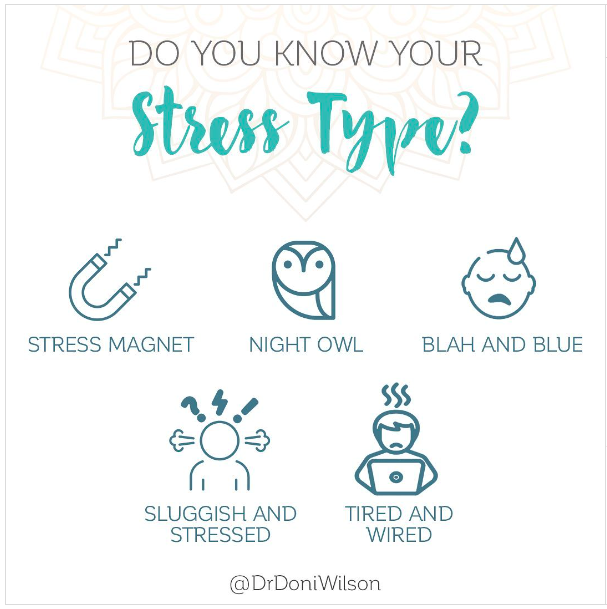
The 5 Burnout Types
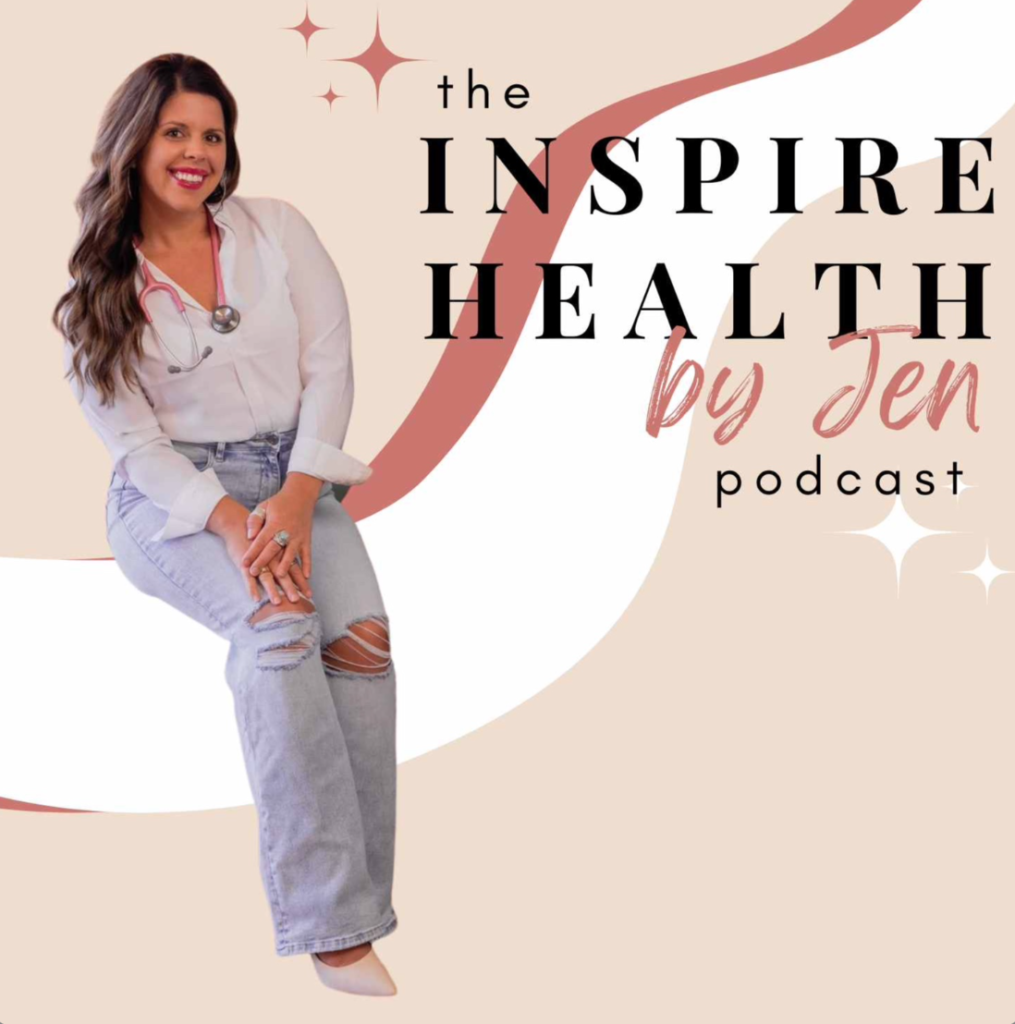
Healing HPV Holistically: Dr. Doni on the Inspire Health by Jen Podcast
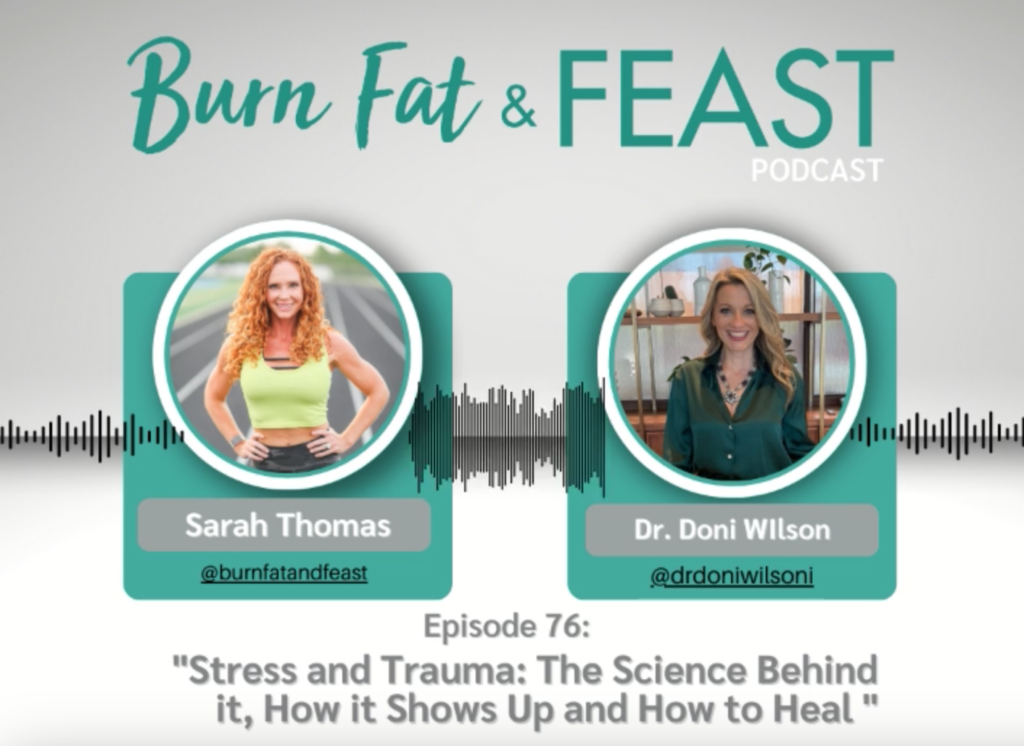
Recent Podcasts
Signup to receive our weekly newsletter with all the latest news, podcasts and special offers
New Book - Order Today!

SIMPLE PRACTICES for SHIFTING FROM YOUR STATE of STRESS to YOUR FLOW and FREEDOM
MASTER YOUR STRESS
RESET YOUR HEALTH
Order Now! Related Posts

What is making you susceptible to HPV?
I have been working with women who had abnormal cells on their cervix and/or vaginally, caused by HPV for over 20 years now. And while

The 5 Burnout Types
Did you know there are 5 burnout types? They are based on your Stress Type®, which is how your adrenal function has been affected by
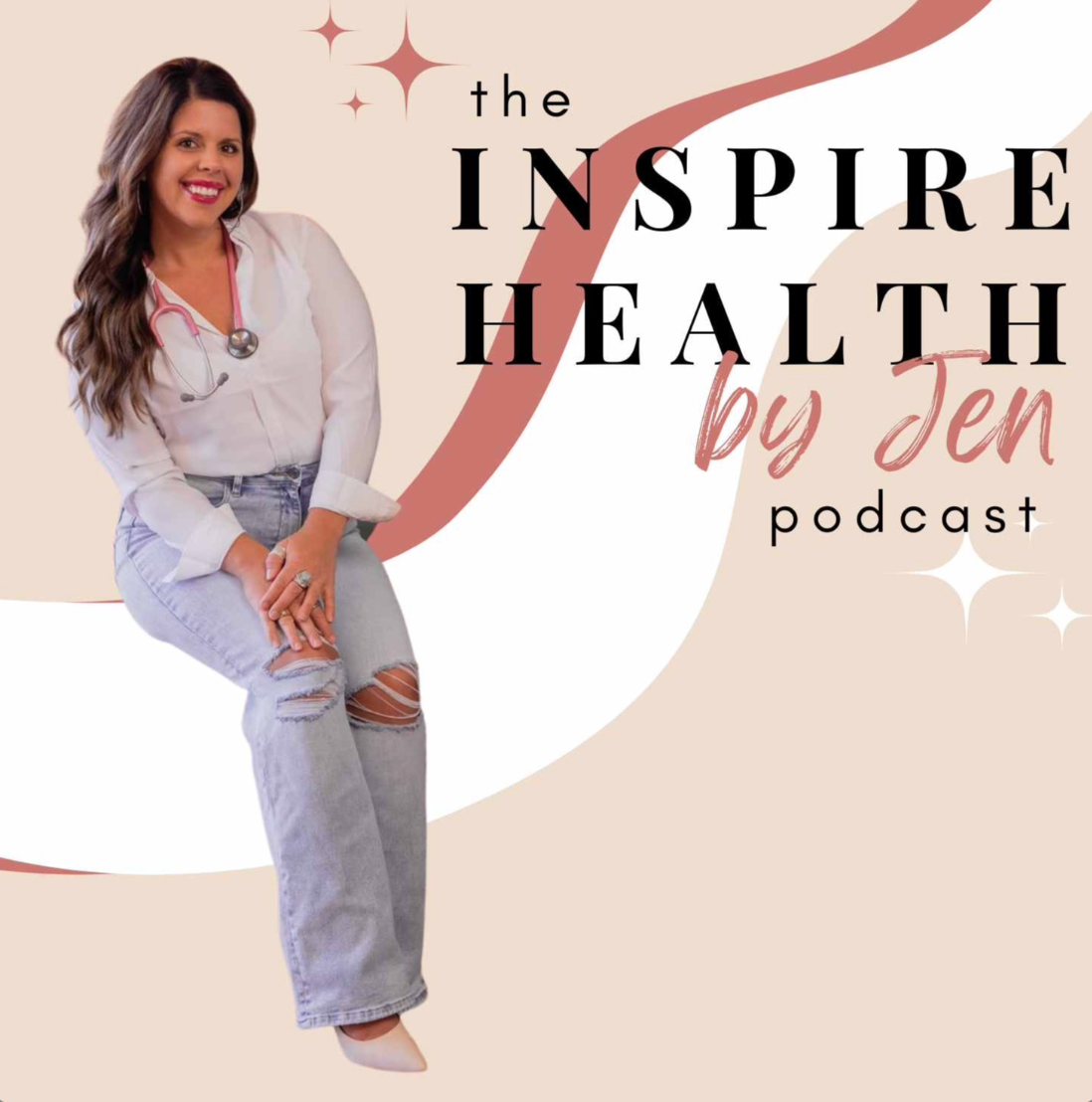
Healing HPV Holistically: Dr. Doni on the Inspire Health by Jen Podcast
Dr. Doni was interviewed by Jen Ciszewski on the Inspire Health by Jen Podcast, talking about how to heal away HPV from your body for good.
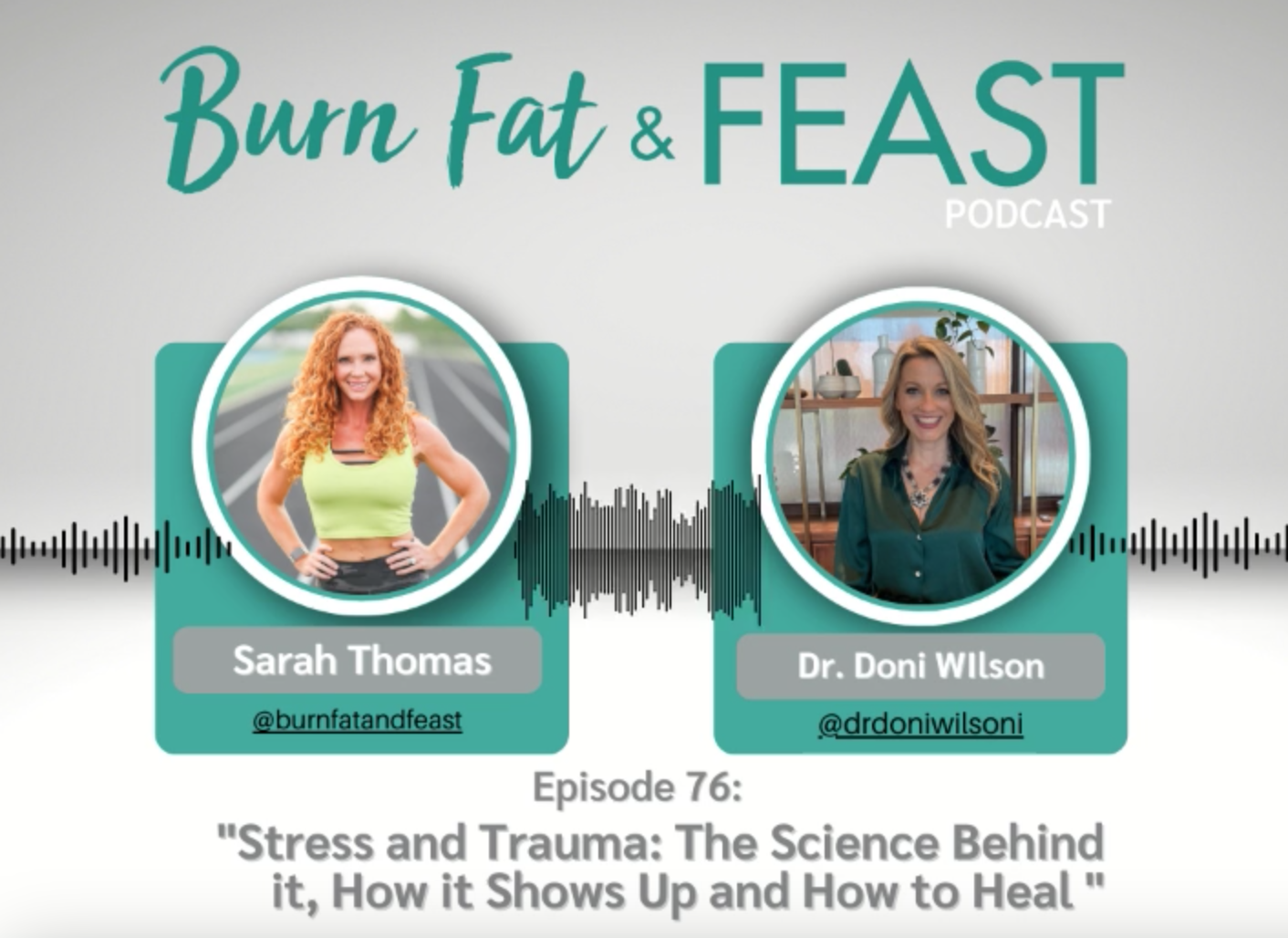
Stress and Trauma: The Science Behind It, How It Shows Up and How to Heal: Dr. Doni on The Burn Fat and FEAST Podcast
Dr. Doni was interviewed by Sarah B. Thomas on the Burn Fat and FEAST Podcast, talking about the impact of stress and trauma on our health and what to do to recover from them.

